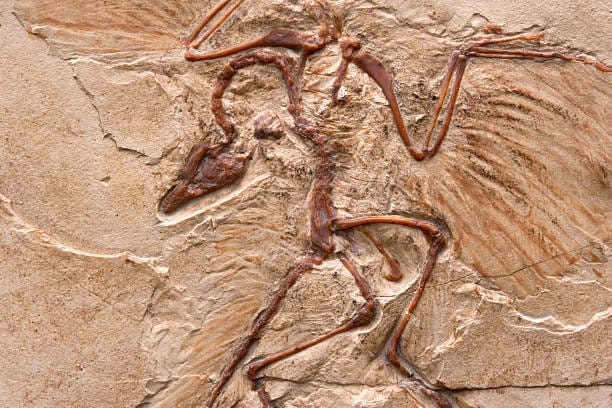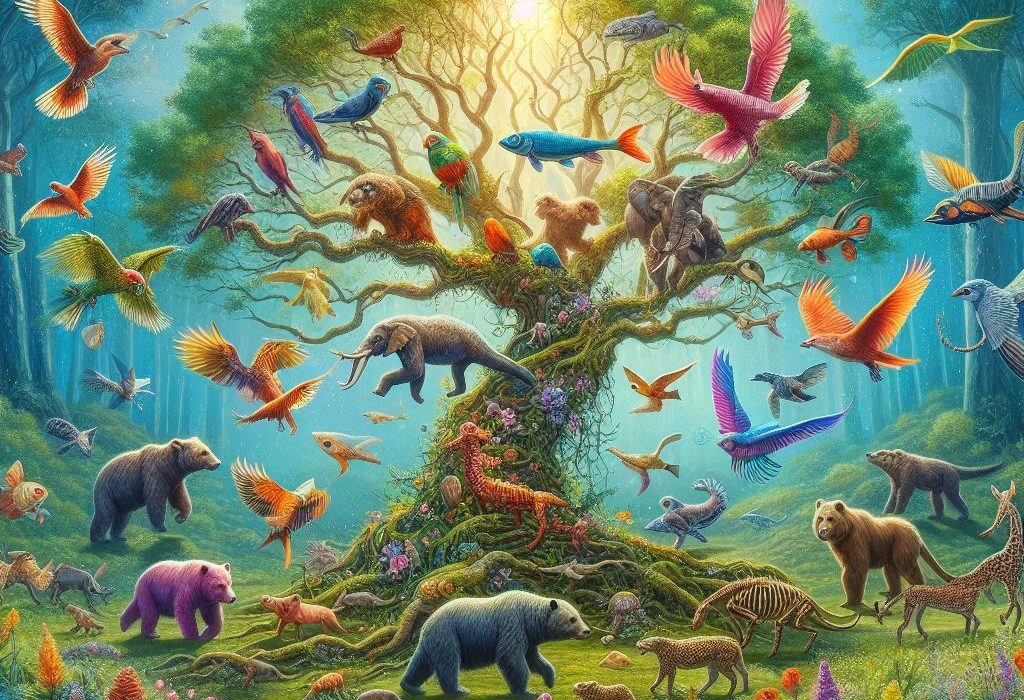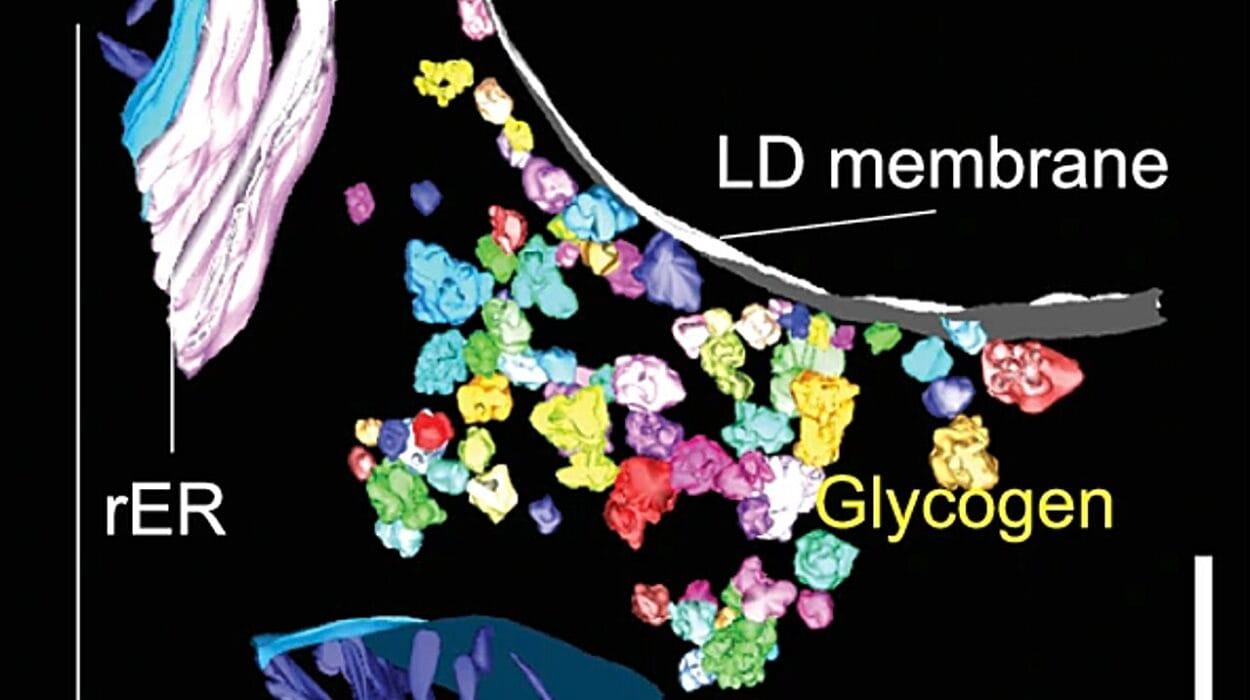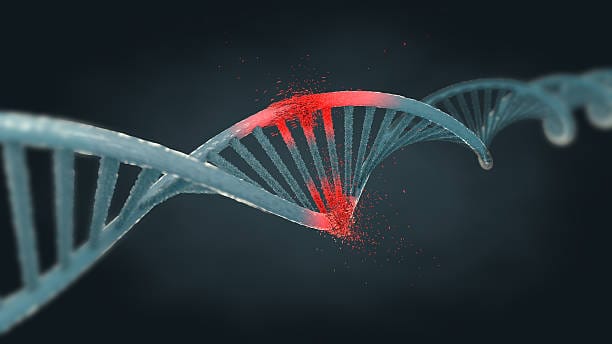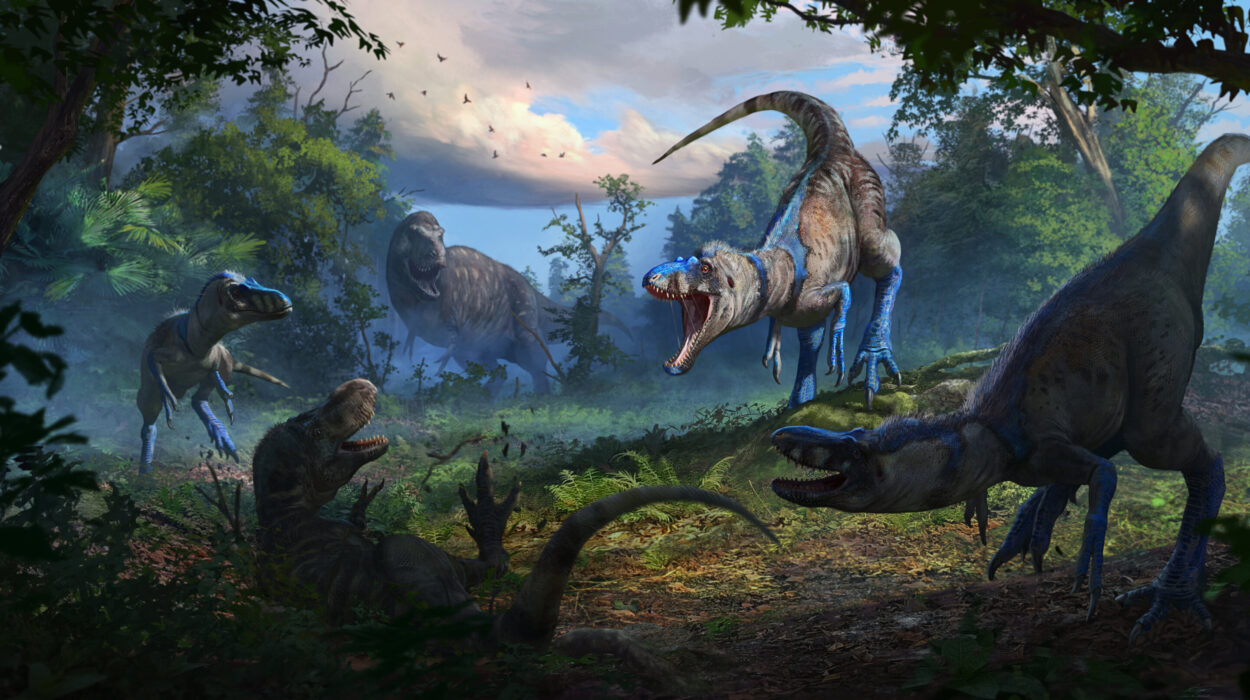Beneath our feet, embedded in layers of sediment that once formed oceans, rivers, and deserts, lie the petrified remnants of a world long vanished. These are fossils—silent witnesses of life that walked, swam, and bloomed across an Earth unimaginably old. They are not just bones and leaves turned to stone. They are time travelers, storytellers, messengers from epochs so distant that our brains can barely hold the scale. And yet, they whisper, if we listen.
The formation of a fossil is not merely a scientific curiosity. It is a love letter written in patience, a tale of transformation and endurance, of loss and survival. Fossils are more than geological artifacts—they are the architecture of memory carved into Earth itself. To understand them is to understand deep time, and to glimpse the slow, elegant machinery of evolution, death, and decay that governs all living things.
But how, exactly, does a living creature—soft and transient—become a fossil, hard and eternal?
To answer that, we must take a slow breath and step back—way back—into a concept almost spiritual in its vastness: geologic time.
The Clock That Ticks in Rock
When we talk about time, we usually measure it in seconds, minutes, and years. We mark our lives with birthdays, calendars, and generations. But the Earth ticks to a different rhythm. Its seconds are millennia. Its minutes span millions of years. And its hours encompass the rise and fall of entire species, oceans, and continents.
Geologic time stretches back 4.6 billion years, to the birth of the Earth itself. It’s not linear, not smooth. It’s jagged, interrupted by catastrophes, explosions of life, and long silences. This time is carved into the very rocks that make up mountains, seabeds, and valleys. Each layer—each stratum—is a page in a book written by the planet.
Fossils are the punctuation marks in that story. But for an organism to become a fossil, it must win a cosmic lottery. Nature is not eager to preserve the dead. More often, it reclaims them. Microbes feast, winds scatter, and water washes away. Life is generally erased. To be fossilized is to have avoided erasure, and that is rare.
The Moment Life Meets Death
Fossilization begins not with life, but with death—and more importantly, with what happens immediately afterward. The body of an organism must be buried quickly, protected from scavengers, decay, and the elements. In most cases, this happens in environments where sediment accumulates rapidly—like river deltas, floodplains, lakes, or ocean floors.
Imagine a dinosaur collapses near a muddy riverbank. The body lies exposed, bones still encased in flesh. If the river floods quickly and deposits a layer of fine silt and sand, the remains may be buried before they can be completely destroyed. Insects and bacteria still begin their work, of course. Decay is relentless. But now the body is sheltered from oxygen and weather—two of the great enemies of preservation.
This burial in sediment is the first essential step toward fossilization. It slows the natural cycle of decomposition just enough for a different process to begin—one that trades biology for chemistry.
From Flesh to Stone: The Alchemy of Preservation
The transformation from organic matter to mineralized fossil is both intricate and poetic. It involves several different pathways, each with its own chemical symphony. The most common process is called permineralization, where mineral-rich water flows through the buried remains, depositing minerals like silica, calcite, or pyrite in the empty spaces within bones, wood, or shells.
Over thousands—or millions—of years, the minerals slowly harden. If conditions are just right, the original structure of the bone or plant is preserved, down to microscopic details. The result is not just a rock that looks like bone—it is, in a way, still the bone, but with its internal composition transformed by time and pressure.
In other cases, the original material dissolves completely, leaving behind a mold or cast. A mold fossil forms when the original shell or body dissolves but leaves an impression in the surrounding sediment. A cast fossil is created when that impression is later filled with new minerals that harden into the shape of the organism.
Another rare and beautiful form is carbonization or compression, often seen in plant fossils and soft-bodied animals. Here, the organism is compressed under extreme pressure, and volatile elements are driven off, leaving behind a thin carbon film that captures the outline of the creature. These fossils can reveal stunning details, such as the veins in leaves or the delicate bodies of ancient insects.
Each of these processes requires a delicate balance of conditions—burial, pressure, mineral presence, and above all, time. Millions of years may pass while the Earth quietly sculpts the remains of life into silent stone.
The Earth Moves, and Time Keeps Writing
As sediment continues to pile on top of the buried remains, pressure builds. Layers become compressed into sedimentary rock, locking fossils within like secrets sealed in envelopes. These layers, stacked one atop another, form the geologic column—the Earth’s diary.
But the Earth is not static. It churns and moves, slowly but inexorably. Tectonic plates shift, seas rise and fall, mountains uplift, and erosion carves away rock. Over immense spans of time, buried fossils can be brought back to the surface, exposed by wind, rain, ice, or human eyes. A paleontologist kneeling in the desert may be the first to see a fossilized femur that last touched sunlight 70 million years ago.
This reemergence is crucial. For every fossil that is found, countless others remain locked away or are destroyed before discovery. Fossils are precious precisely because they are rare, fragile, and vulnerable. And yet, they endure.
Soft Parts and Fleeting Shadows
Most fossils are of hard parts—bones, teeth, shells, and wood. Soft tissues like skin, muscles, and internal organs almost never survive. But occasionally, the Earth provides a miracle. In a few extraordinary sites known as Lagerstätten, soft-bodied creatures are preserved in exquisite detail. These places, like the Burgess Shale in Canada or the Solnhofen Limestone in Germany, are fossil vaults. They reveal entire ecosystems, not just individual bones.
In these sites, animals were often buried in anoxic environments—places devoid of oxygen, where decay is drastically slowed. Fine-grained sediment captures their outlines, sometimes even preserving color patterns, stomach contents, or gill filaments. It’s not just a fossil—it’s a ghost caught mid-movement, the closest we can come to seeing ancient life in motion.
Amber offers another form of preservation, trapping insects, pollen, and feathers in golden resin. These fossils can preserve even DNA fragments or cellular structures, though never enough to bring back extinct species—a favorite fantasy of science fiction. Still, they let us see with near-microscopic clarity the details of ancient life, as if time itself paused for a heartbeat.
Fossils Beyond Bones: Traces of Behavior
Not all fossils are bodies. Some are traces—footprints, burrows, nests, or even coprolites (fossilized feces). These trace fossils don’t show us what an animal looked like, but how it behaved. A series of footprints frozen in mud might show a dinosaur limping. A burrow could indicate complex social behavior or hibernation patterns.
In one astonishing case, a fossilized fight between a Velociraptor and Protoceratops captures the moment of death in mid-battle, frozen forever by a sudden sandstorm or collapsing dune. These moments, rare beyond imagining, offer a glimpse not just of anatomy but of life and struggle.
Fossils, in all their forms, are not simply about death—they are about lives once lived, places once vibrant, and behaviors once ordinary.
Reading the Book of the Earth
To the trained eye of a paleontologist, fossils are not isolated objects—they are part of a greater narrative. The layers in which they are found, the position of their bodies, and the chemistry of the surrounding rock all tell a story. Fossils allow us to reconstruct entire prehistoric environments, from coral reefs teeming with trilobites to fern-covered swamps echoing with amphibian calls.
Fossils also allow us to track evolution, showing how life has changed over deep time. Transitional fossils—like Archaeopteryx, the feathered dinosaur-bird—demonstrate the gradual transformations that link major groups. The fossil record is not complete, but it is robust enough to reveal patterns: mass extinctions, radiations, migrations, and slow adaptations to shifting climates and landscapes.
Through fossils, we see the continuity of life—how everything that lives today is connected to what came before. Your hand echoes the fins of ancient fish. Your spine is a whisper from the first vertebrates. Evolution is not theory alone—it is written in stone.
The Mass Extinctions: Pauses and Punctuation
The history of life is not a steady march forward. It is marked by cataclysmic events—mass extinctions that reshaped the trajectory of evolution. The fossil record captures at least five such global die-offs, from the Great Dying of the Permian to the asteroid that ended the reign of the dinosaurs.
Each extinction cleared the stage, allowing new life to evolve and diversify. Mammals, once shadow-dwellers under dinosaur feet, surged into power after the asteroid’s impact. These moments are dark but also creative, reshaping the biosphere in ways that would have been unimaginable before.
Without fossils, we would never know the full scope of these upheavals. They are the footnotes to life’s epic saga, each extinction followed by rebirth.
We Are the New Layer
Today, humans are writing a new chapter in the fossil record. Our cities, plastic waste, concrete, and radiation are forming a distinctive layer in the geologic column—what some scientists now call the Anthropocene. Future paleontologists, if they exist, will find our traces: fossilized subway systems, domesticated animal bones, and sudden shifts in biodiversity.
Fossils do not lie. They record not just life, but the consequences of life. And we are becoming part of that record. We live in geologic time whether we realize it or not.
The Human Response to Deep Time
To encounter a fossil—truly see it—is to experience awe. It collapses time. It humbles the ego. Here lies a trilobite that scuttled across the ocean floor 500 million years ago. Here a pinecone from a forest buried by volcanic ash. Here the tooth of a mammoth who once wandered where your home now stands.
In these objects is a strange comfort. They tell us that life endures, that change is natural, and that nothing remains still. They also challenge us: what kind of ancestors will we be? What fossils will we leave behind, and what will they say of us?
A Final Word from the Stones
Fossils are not just curiosities for museums or prizes for collectors. They are our connection to Earth’s deep memory. They teach us that life is resilient but also fragile. That permanence is an illusion, and yet beauty endures in forms beyond comprehension.
In the final analysis, to study fossils is to participate in a grand act of remembrance. We are not separate from the trilobite, the ammonite, or the dinosaur. We are the continuation of that story—living fossils in our own right, moving across a world shaped by death, rebirth, and unimaginable time.
And if we listen closely, the stones still speak.
